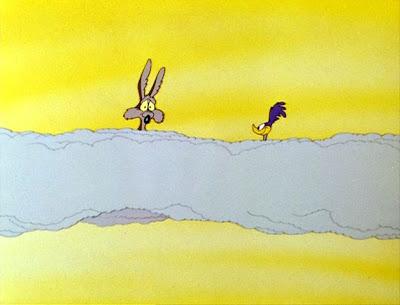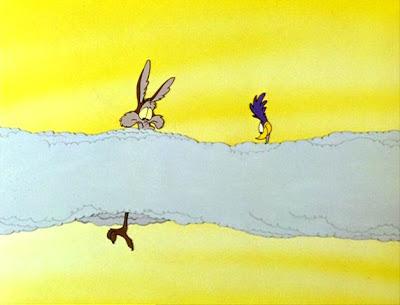Can anyone recommend some good sources on the development of English as a discipline? While I convert my research methods course for online delivery, I'd like to give this history more attention and use it to explain why, among other things, we use so many different methods — Sarah Bull (@sarahebull) July 8, 2020
Let me hazard a simple comment on that last issue. The discipline has splintered/diverged/differentiated into many methods because academic literary criticism is as much about the world as it is about literary texts. The world is multiple and so must be our methods.
Freudian criticisms examine the mind – of characters in texts, of authors, of readers – as do Lacanian and Jungian criticisms, and, for that matter, more recent cognitive and evolutionary psych criticisms. Marxist criticisms look at social relations, as do feminist criticisms, which also encompass the mind. And so it goes through a panoply of identity-based criticisms, philosophical criticisms, semiotics, and so forth.
As individuals living in the world literary critics know well enough when they are reading a text, where I mean “reading” in the ordinary sense of the word, and when they are moving about in and examining the world. It’s when critics interpret texts – “reading” in the sense it has come to have in the literary academy – that the distinction between world and text becomes fluid and permeable. The field’s methods do not have tools to make such a distinction and may, in fact, celebrate that lack as a feature, treating it as a deep insight hard-won through the last few generations of critical labor.
I think that situation is untenable.



Two recent posts, each relatively short, are relevant here:

